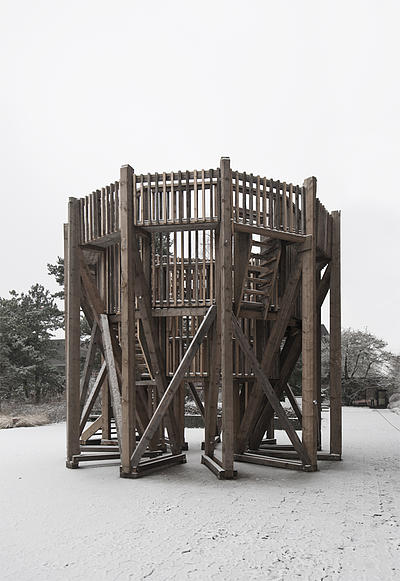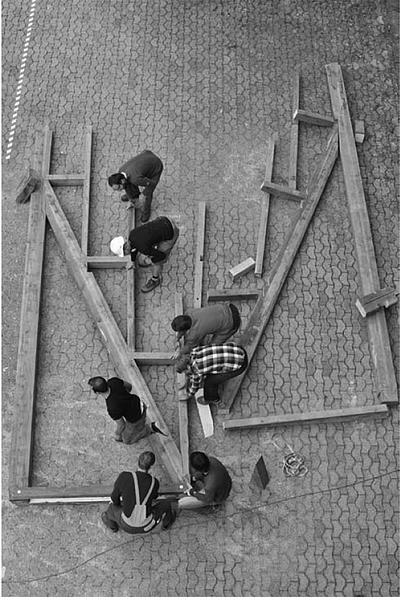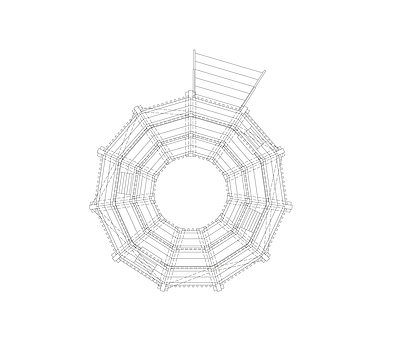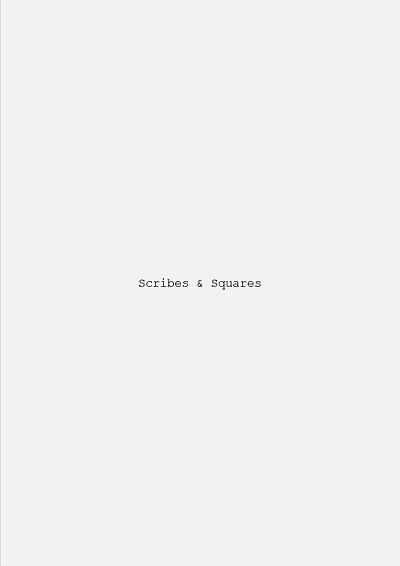Scribes & squares
Scribes & Squares

To open our semester, we will ask you to design and build a transportable, modular theatre from reclaimed material. We will work together with the theatre class of ZHdK. Mira Sack from ZHdK will give us a short introduction on theatre in public space. We are looking for a performing space that is easy to assemble and disassemble. It should be possible to transport our structure fast to different public spaces in the city.
The project will be in three parts: the first 24 hours will be an intense design laboratory to survey the assembled material and propose a structure that will transform and transcend the original materials into a new place. This is not a competition but we will, collectively, select a proposal to build or combine several ideas or select only a fragment to develop into the complete structure – opportunism and flexibility are central to the creative bricoleur. Our entry in to the world of bricolage is about making beautiful things from the world that surrounds us, embracing scarcity as the font of invention. We will look at traditional timber construction and the simplicity of the details and joints. Unlike previous constructions, our primary material is substantial and the success of the design will lie in the relationship between the assembly of complex timber joints and performance. The project will combine ancient timber construction with the rules of prefabrication, which we shall see, are not so far apart. It will be a conversation between scribes and squares.
The second part and the most demanding will be the building. You will have just less than two weeks to complete the task. Your workforce is the greatest asset but to organize nearly 50 people to work effectively is also the greatest challenge. Anticipating the sequence and physicality of work will be as important as the aesthetics of your design. We are going to prefabricate the structure behind the HIL building at ETH Hönggerberg.
The third part will be the celebration: We will bring our stage to the city and the actors of ZHdK will prepare a small play for our theatre. The first play will be in the beginning of December 2011.

(I) Re-use of material
The raw material formed the basis of the project. Each beam, post and plank was counted and dimensioned to be assembled as tectonic elements.
(II) Iterative process
The theatre was developed using an iterative method using models and drawings in the studio and prototypes on site.
(III) Joints
A combination of rational and specific joints formed the grammar of project.
Special attention was given to the handcrafting of joints and yet rapid assembly was ensured.
(IV) Man power
All of the elements were composed to be jointed and put in place by craftsman’s skill and strength.
(V) Scribes, squares and inventions
To turn the raw material into tectonic elements a combination of the ancient scribe rule and the modern square rule was used. However, tools and templates had to be invented for the specific tasks that emerged.
(VI) Prefabrication
The prefabrication of the structure, cladding and stairs allowed for repetitive work processes and their assembly on a site away from the place of production.
(VII) Assembly
Joining the components to form a theatre is the reward of a long process of hard labour prefabrication and merges the parts into a meaningful whole.

